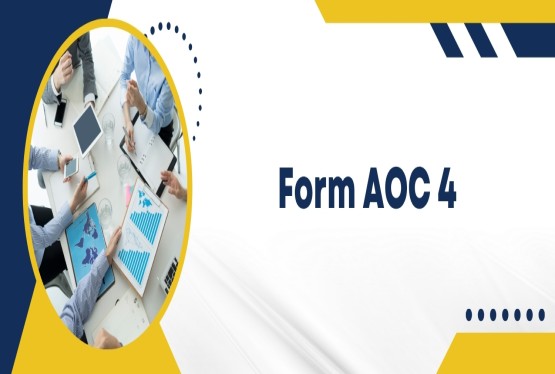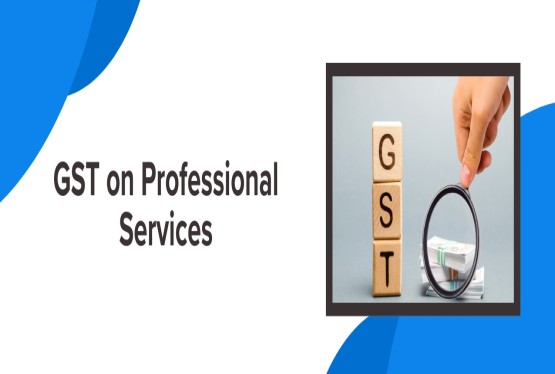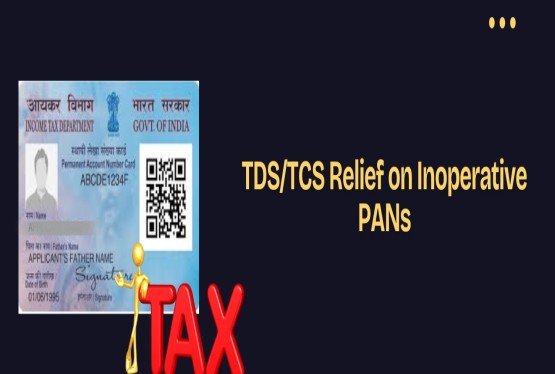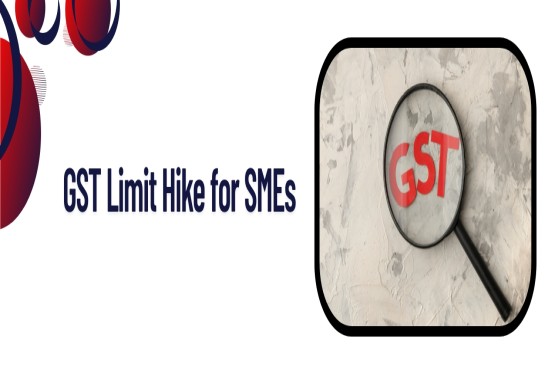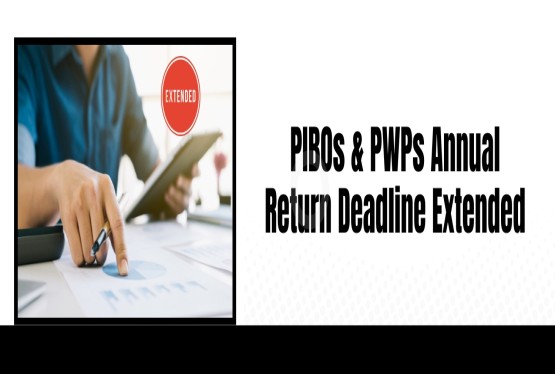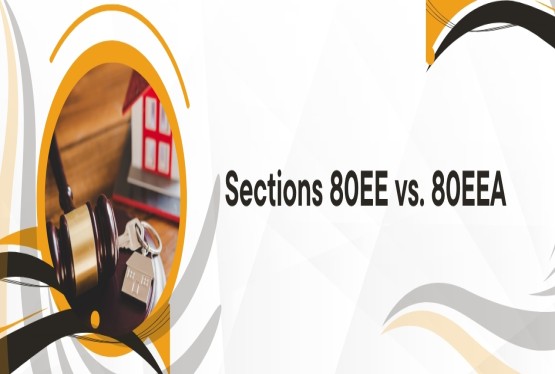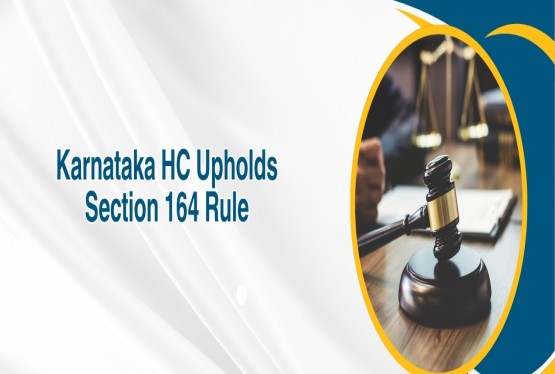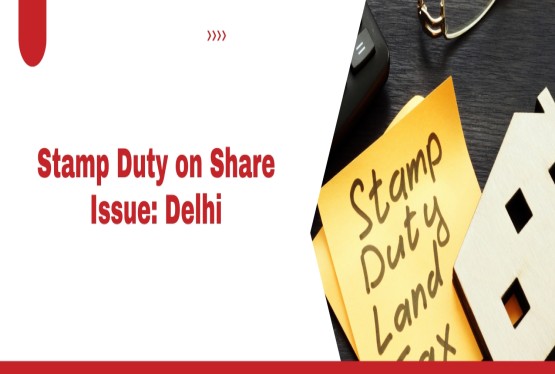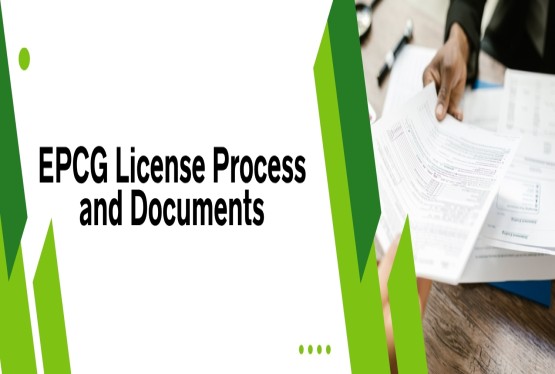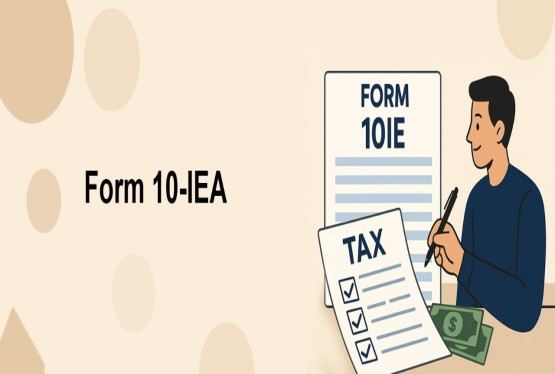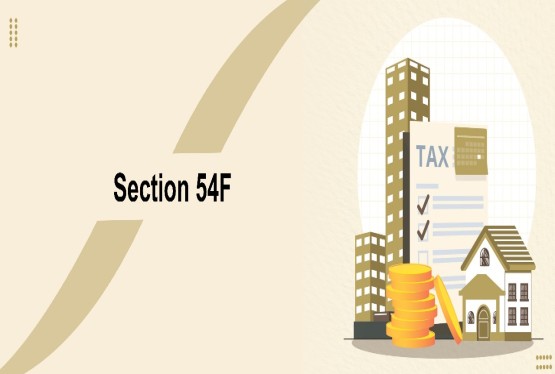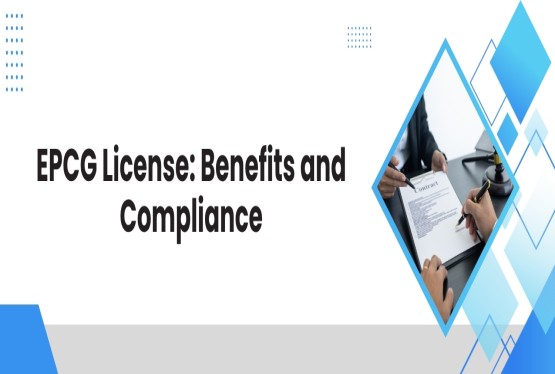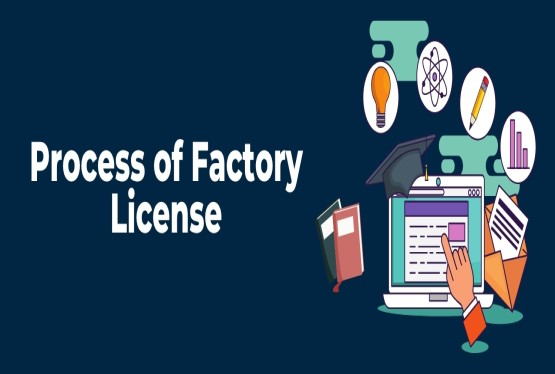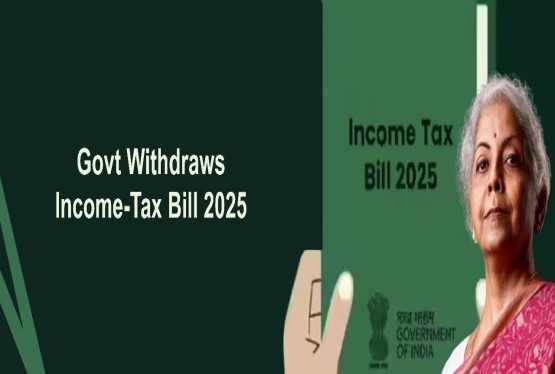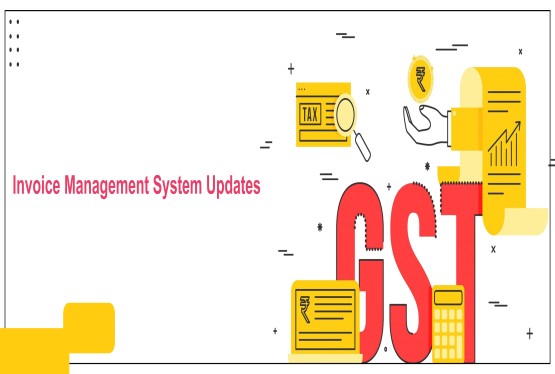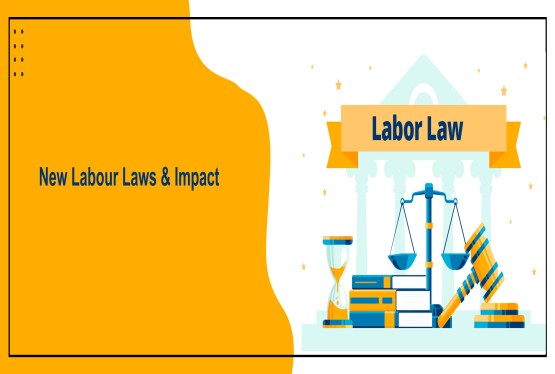Presumptive income refers to a simplified method of taxation under which the Tax Income Department presumes a fixed percentage of income based on the total turnover or gross receipts of a business or profession. This system eliminates the need for maintaining detailed books of accounts, conducting audits, or calculating actual business expenses. It is aimed at reducing compliance burdens for small taxpayers, allowing them to pay tax on a presumptive basis rather than actual income
Section 44AD – For Small Businesses
Section 44AD applies to resident individuals, Hindu Undivided Families (HUFs), and partnership firms (excluding LLPs) engaged in eligible businesses such as trading, manufacturing, or certain services. The turnover limit under this section is Rs.2 crore. Taxpayers can declare 8% of turnover as profit if transactions are in cash, and 6% if receipts are through digital means. No requirement for books of accounts or audit if they opt for this scheme.
Section 44ADA – For Professionals
Section 44ADA covers resident professionals engaged in specified professions listed under Section 44AA(1), such as doctors, lawyers, accountants, engineers, architects, and interior decorators. Professionals can opt for this scheme if their gross receipts do not exceed Rs.50 lakh (extended to Rs.75 lakh if 95% of payments are received via banking channels). Under this section, 50% of gross receipts are treated as income, and no audit or detailed accounting is required if the scheme is available.
Applicability of Section 44AD
Eligible Taxpayers
Section 44AD applies only to the following types of resident taxpayers:
-
Individuals
-
Hindu Undivided Families (HUFs)
-
Partnership firms (excluding LLPs)
This scheme is not available to companies or Limited Liability Partnerships (LLPs). For instance, XYZ Ltd., a company with a turnover of Rs.1.8 crores, cannot opt for this scheme despite meeting the turnover criteria, because it is a company and not an individual, HUF, or eligible firm.
Turnover Limits under Section 44AD
The eligibility to opt for the presumptive taxation scheme depends on the turnover of the business and the mode of receipts:
|
Turnover Limit |
Applicable Condition |
|
Up to Rs.2 Crores |
If cash receipts exceed 5% of total receipts |
|
Up to Rs.3 Crores |
If at least 95% of receipts are through digital modes (e.g., banking channels, UPI, NEFT, etc.) |
Thus, digitalization of transactions directly incentivizes businesses with a higher turnover threshold under the scheme.
Presumptive Income Rate: 8% or 6%
Under Section 44AD, the presumptive income is calculated as 8% of turnover for non-digital (cash) transactions, 6% of turnover for digital transactions. The computed income is treated as the final taxable income, and no further deduction is allowed for business expenses. However, deductions under Chapter VI-A (like Section 80C, 80D, etc.) can still be claimed.
Computation Example: How Income is Calculated
Let us understand with an example:
Case Study: Lalit Traders
Turnover for FY 2023-24: Rs.1.5 Crore, Receipts through cash: Rs.70 Lakhs, Receipts through digital mode: Rs.80 Lakhs
Calculation: Income from cash receipts = Rs.70,00,000 × 8% = Rs.5,60,000, Income from digital receipts = Rs.80,00,000 × 6% = Rs.4,80,000, Total Presumptive Income = Rs.10,40,000 Since less than 95% of the receipts are via digital means, the maximum permissible turnover limit for availing the scheme remains Rs.2 Crore.
Ineligible Businesses under Section 44AD
Certain businesses are expressly excluded from opting for the presumptive scheme, Insurance agents and others earning income by commission or brokerage, Businesses involving agency work, Business of plying, hiring or leasing goods carriages (covered under Section 44AE instead)These businesses are either taxed under different schemes or require a more accurate computation of profits due to their unique financial structures.
Exclusions under Other Sections
The scheme under Section 44AD cannot be availed by any taxpayer who is a non-resident, or has claimed benefits under Sections 10A, 10AA, 10B, 10BA, or Sections 80HH to 80RRB during the same year such taxpayers are required to follow the regular method of accounting and maintain books as per Section 44AA.
Provision for Higher Income Declaration
If the actual income is higher than the presumptive 6% or 8%, the taxpayer is free to declare a higher income voluntarily. However, if the taxpayer claims income lower than the presumptive rate, they must maintain books of account and get them audited under Section 44AB.
Benefits of Presumptive Taxation under Section 44AD
-
Ease of Compliance: Eliminates the need to maintain detailed financial statements and ledgers.
-
Cost Saving: No need for hiring accountants or getting audits done.
-
Time Efficiency: Faster tax computation and filing.
-
Encouragement for Digitization: Offers 6% rate for digital transactions, promoting banking transparency.
Limitations and Cautions
While Section 44AD offers many benefits, businesses should assess whether their actual expenses and profit margins justify opting in. If their net profits are below 6%–8%, using this scheme may result in higher taxation. Moreover, once opted in, the scheme must be followed consistently for at least five years, failing which the benefit is denied for the next five years.
A Boon for Micro and Small Enterprises
Section 44AD of the Income Tax Act has emerged as a significant enabler for small businesses in India. By offering a straightforward mechanism to compute income, it reduces administrative burden and brings more informal businesses into the tax fold. However, while it provides relief from compliance, careful evaluation must be done by the taxpayer to assess its long-term suitability based on their business model and profit margins.
Section 44ADA – Presumptive Taxation for Professionals
Section 44ADA of the Income Tax Act, 1961, was introduced to ease the compliance burden for small professionals by offering a simplified taxation method. This section provides a presumptive taxation scheme for certain specified professions, allowing eligible taxpayers to declare income on a presumptive basis, thereby avoiding the complexities of maintaining detailed books of accounts and audits.
Applicability of Section 44ADA
Gross Receipts Threshold
To avail the benefit of Section 44ADA, the gross receipts from the specified profession must not exceed Rs.50 lakh in a financial year. As per the new Finance Act, this limit can be extended to Rs.75 lakh if at least 95% of the receipts are received via banking channels or digital modes.
Specified Professions under Section 44AA(1)
Section 44ADA applies only to specified professions as defined under Section 44AA(1). These include:
-
Legal profession (e.g., advocates, solicitors)
-
Medical profession (e.g., doctors, surgeons, dentists)
-
Engineering or Architectural professions
-
Accountancy (e.g., Chartered Accountants, Cost Accountants)
-
Technical Consultancy
-
Interior Decoration
-
Any other profession notified by the CBDT
These are knowledge-based professions where income is typically earned through fees and consultancy services.
Computation of Income under Section 44ADA
Presumptive Income Rate
Under this scheme, income is presumed to be 50% of the gross receipts from the profession. This income is treated as the final taxable income under the head "Profits and Gains of Business or Profession." For example, if a doctor earns Rs.40 lakh in gross receipts in a year, he can declare Rs.20 lakh (i.e., 50%) as income under Section 44ADA, irrespective of the actual expenses incurred.
Option to Declare Higher Income
While the scheme mandates a minimum of 50%, the taxpayer is allowed to declare a higher income if the actual profit exceeds the presumptive amount.
No Further Deductions Allowed
Once the taxpayer opts for the presumptive scheme and declares income @50%, he is deemed to have claimed all business-related expenses. No further deduction is allowed for rent, travel, salaries, depreciation, etc.
However, the taxpayer is still allowed to claim deductions under Chapter VI-A, such as Section 80C (Investments), 80D (Health Insurance), etc.
Exemption from Maintaining Books of Accounts
As per Section 44AA, persons engaged in specified professions are otherwise required to maintain books of account. However, if they opt for Section 44ADA and declare income @50% or more, they are exempt from this requirement. This provides significant relief in terms of time, effort, and compliance cost.
Option to Declare Lower Income
A taxpayer may choose to declare income lower than 50% of gross receipts. However, in such a case if the total income exceeds the basic exemption limit (currently Rs.2.5 lakh for individuals below 60 years), then the taxpayer must maintain books of account as per Section 44AA, and must get the accounts audited under Section 44AB. This provision ensures that lower-income declarations are accompanied by sufficient financial accountability.
Advance Tax Liability under Section 44ADA
A professional opting for Section 44ADA is liable to pay 100% of the advance tax by 15th March of the financial year. Failing to pay the advance tax on time attracts interest under Section 234B and 234C.
Important Note:
If the full advance tax is paid by 31st March, it is still considered valid and on time for the purpose of avoiding interest liabilities.
Benefits of Opting for Section 44ADA
-
Simplified Compliance: No books of account or audit required.
-
Reduced Costs: Saves money spent on accountants and audits.
-
Time-Saving: Income tax filing becomes easy and efficient.
-
Ideal for Freelancers and Consultants: Especially helpful for solo practitioners like lawyers, doctors, and consultants.
Limitations and Considerations
While Section 44ADA offers several advantages, it may not be suitable for all professionals, particularly those with:
-
High actual expenses (which cannot be claimed under the scheme),
-
Gross receipts over Rs.50 lakh / Rs.75 lakh, or
-
Net profit margins lower than 50%, as they may end up paying higher taxes.
Hence, professionals must assess their income and expense structure before opting into the scheme
Notice Under Section 143(2) of the Income Tax Act
Section 143(2) of the Income Tax Act empowers the Income Tax Department to scrutinize a taxpayer’s return in case of discrepancies or suspicion of underreporting. Receiving such a Income Tax notice means your return has been selected for further assessment to verify the correctness of income declared and deductions claimed.
What Triggers a Notice Under Section 143(2)?
The notice is issued when the Assessing Officer suspects:
-
Under-reporting of income
-
Over-reporting of losses or deductions
-
Mismatches with information in Form 26AS, AIS, or TIS
-
High-value transactions or suspicious claims
Returns are selected primarily through a system called Computer Aided Scrutiny Selection (CASS).
Types of Scrutiny Notices Under Section 143(2)
-
Limited Scrutiny: This is restricted to specific issues flagged in the return, such as foreign tax credit claims or sale of property. It does not cover the entire return.
-
Complete Scrutiny: All aspects of the return are examined thoroughly. Documents and declarations are verified for accuracy, though limited to the particular assessment year.
-
Manual Scrutiny: These are selected based on criteria issued by the CBDT. Though rare, it involves detailed checks beyond CASS triggers.
Time Limit for Issuing Notice
A notice under Section 143(2) must be issued within three months from the end of the financial year in which the return was filed. For instance, if a return is filed on 31 July 2025 for FY 2024-25, the notice must be issued by 30 June 2026.
What If You Fail to Respond?
Ignoring the notice can lead to:
-
Penalty of Rs.10,000 per default (u/s 272A)
-
Best judgment assessment under Section 144
-
Higher tax liability and potential interest/penalty
-
Requirement to pay 20% of disputed tax before appeal
-
Prosecution in serious cases
Faceless Assessment Under Section 144B
Under the new faceless assessment scheme, all communication is conducted online through the Income Tax Portal. Notices are sent via email/SMS and can be responded to digitally, eliminating the need for physical visits or direct interaction.
Common Reasons for Scrutiny Selection
-
High-value purchases or foreign asset holdings
-
Mismatch between ITR and Form 26AS/AIS
-
Large or unusual deductions (e.g., under 80C, 80D)
-
Loss claims in F&O trading or capital markets
-
Unverified HRA or LTA claims
-
Inconsistencies between ITR and GST returns
-
Random selection under CASS for sampling
What is Section 144B of the Income Tax Act?
Section 144B was introduced as part of the National e-Assessment Scheme in 2020 to change the way income tax assessments are done in India. This section brought in the concept of "faceless assessment", which means everything happens online no need to meet tax officers in person.
Why Was Section 144B Introduced?
Before this, many people found the income tax process:Confusing and time-consuming prone to corruption or unfair demands from officials, Stressful, especially during assessments and audits
To fix this, the government launched the “Transparent Taxation Honouring the Honest” platform. It aims to:
Before this, many people found the income tax process:
-
Confusing and time-consuming
-
Prone to corruption or unfair demands from officials
Stressful, especially during assessments and audits
How Does Faceless Assessment Work?
With faceless assessment under Section 144B:
-
You don’t have to go to the Income Tax Office
-
All communication (notices, responses, audit reports) happens online through the Income Tax Portal
-
No one knows which officer is handling the case, so there’s no scope for bias or corruption
-
Everything is handled digitally by a team of officers in the background
What Does This Mean for Taxpayers?
-
If your return is selected for scrutiny or assessment, you’ll get a notice by email or SMS
-
You just need to log in to your income tax account and respond online
-
You can upload documents, explanations, or representations no need to visit any office
-
It’s safer, more transparent, and saves you a lot of time and trouble
Certainly! Based on all the detailed information shared so far, here is a comprehensive and well-reasoned conclusion that answers the question:
To Conclude
What Should You Do If You Filed ITR Under Presumptive Taxation But Still Receive a Notice? Filing your Income Tax Return (ITR) under the presumptive taxation scheme (Section 44AD for businesses or Section 44ADA for professionals) is meant to simplify tax compliance—especially by avoiding the need for detailed books of accounts, audits, and complex disclosures. However, even if your return is filed correctly under these schemes, you may still receive a notice under Section 143(2) from the Income Tax Department. This can happen due to various reasons such as mismatches in reported income, high-value transactions, suspicious deductions, or even random selection for verification under the CASS (Computer Aided Scrutiny Selection) system.
Don't Panic—Understand the Nature of the Notice
First, carefully read the notice to understand why it was issued. It could be:
-
Limited Scrutiny: focusing on a specific issue like a mismatch in Form 26AS or claim of digital receipts.
-
Complete Scrutiny: involving a full review of your return and income disclosures.
-
Manual Scrutiny: selected under guidelines issued by CBDT.
Even under presumptive taxation, the department is allowed to verify the accuracy of gross receipts, mode of transactions, or suspicious claims. For example, if you declared 6% profit assuming digital receipts but most receipts were actually in cash, the officer may issue a notice to verify that.
Steps to Take If You Receive a Notice After Filing Presumptive ITR
1. Log in to Your Income Tax Portal
Check your e-proceedings section. The notice will also be sent to your registered email and phone number.
2. Verify the Reason for Scrutiny
See if the issue raised relates to:
-
Mode of receipt (cash vs digital)
-
Turnover mismatch
-
Claim under Chapter VI-A deductions
-
High-value transactions or property purchases
-
Random verification
3. Gather and Submit Supporting Documents
Even under presumptive taxation, you must maintain proof of turnover and payment modes. Collect:
-
Bank statements
-
Sales records/invoices
-
Digital transaction logs (UPI, NEFT, IMPS, etc.)
-
Contract or service agreements (for professionals)
Submit only what is requested.
4. Respond Within the Timeframe
Always respond within the deadline mentioned in the notice to avoid penalties. Under the faceless assessment system (Section 144B), everything must be submitted online no physical visits required.
5. Avoid Ignoring the Notice
Ignoring a Section 143(2) notice even if you're under presumptive taxation can lead to:
-
Rs.10,000 penalty per failure (Section 272A)
-
Best Judgment Assessment (Section 144) with higher income assumed
-
Tax demand, interest, and even prosecution in extreme cases
6. Seek Professional Help If Needed
If you're unsure about the notice or how to respond, it's best to consult a Chartered Accountant or tax professional to handle the correspondence correct.








_crop10_thumb.jpg)




































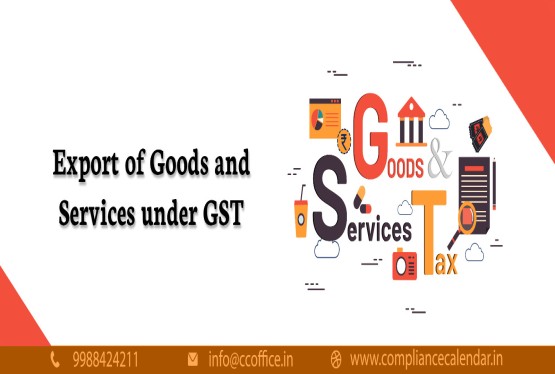













































_for_FY_2025-26_crop10_thumb.jpg)



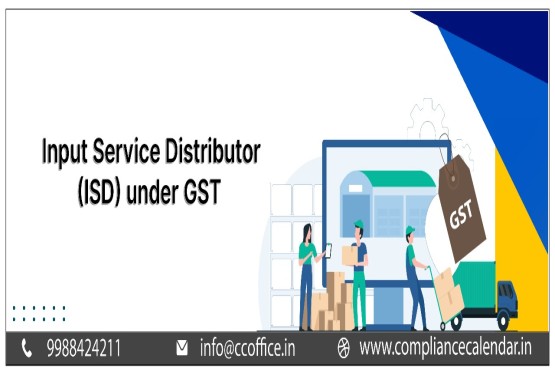








_learn_crop10_thumb.jpg)








_Filing_Due_Dates_for_FY_2024-25_learn_crop10_thumb.jpeg)
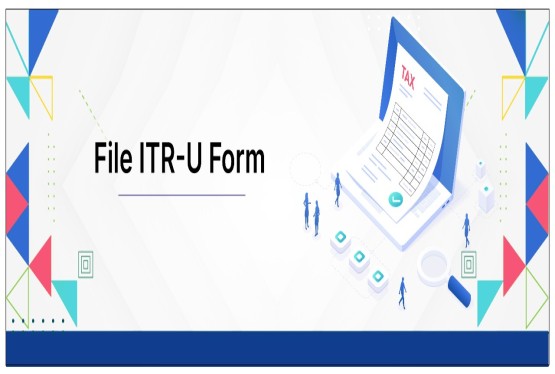
























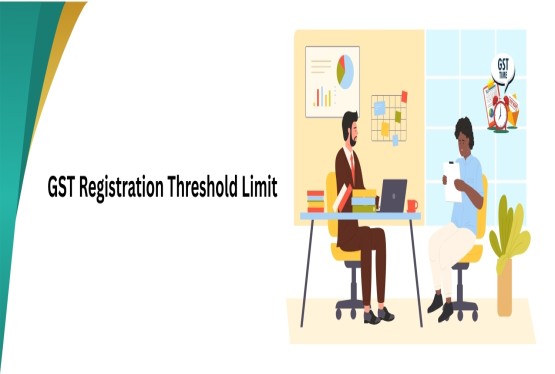
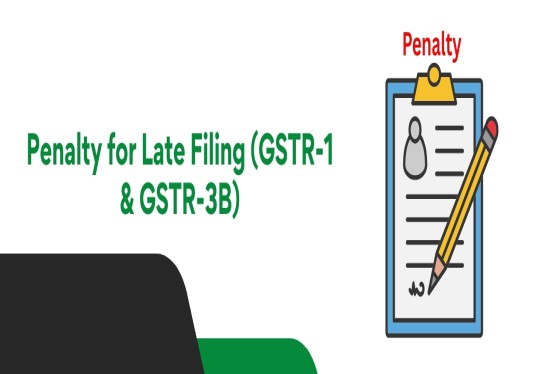












_of_GST_Act_learn_crop10_thumb.jpg)










_Under_GST_learn_crop10_thumb.jpg)









_crop10_thumb.jpg)


_crop10_thumb.jpg)






_learn_crop10_thumb.jpg)






















_of_the_Income_Tax_Act_learn_crop10_thumb.jpg)



_learn_crop10_thumb.jpg)
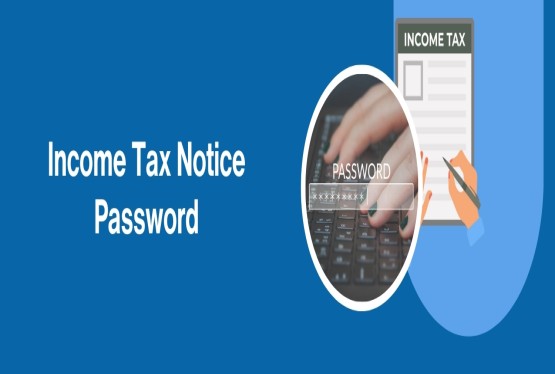





_learn_crop10_thumb.jpg)






_crop10_thumb.jpg)




















_in_The_Income_Tax_Act,_1961_learn_crop10_thumb.jpg)



_learn_crop10_thumb.jpg)



_of_the_Income_Tax_Act_learn_crop10_thumb.jpg)

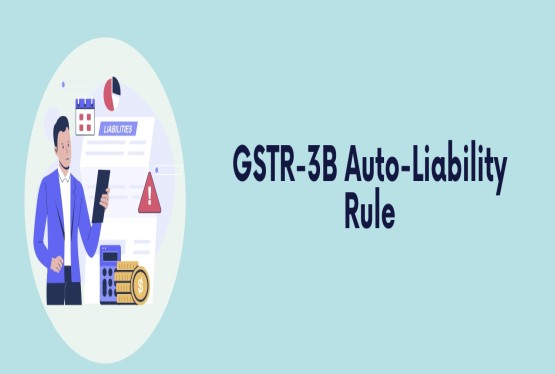
_Of_Income_Tax_Act_learn_crop10_thumb.jpg)








_learn_crop10_thumb.jpg)








_learn_crop10_thumb.jpg)
_crop10_thumb.jpg)

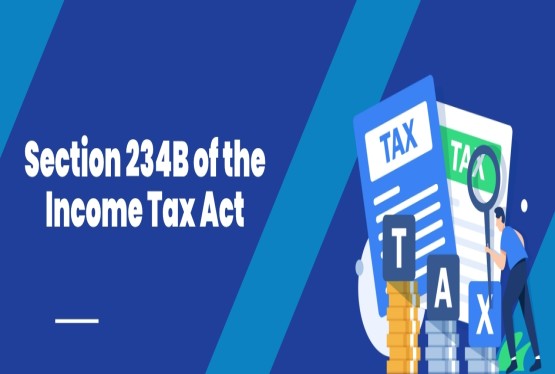




















_learn_crop10_thumb.jpg)
_for_Import_and_Export_learn_crop10_thumb.jpg)








